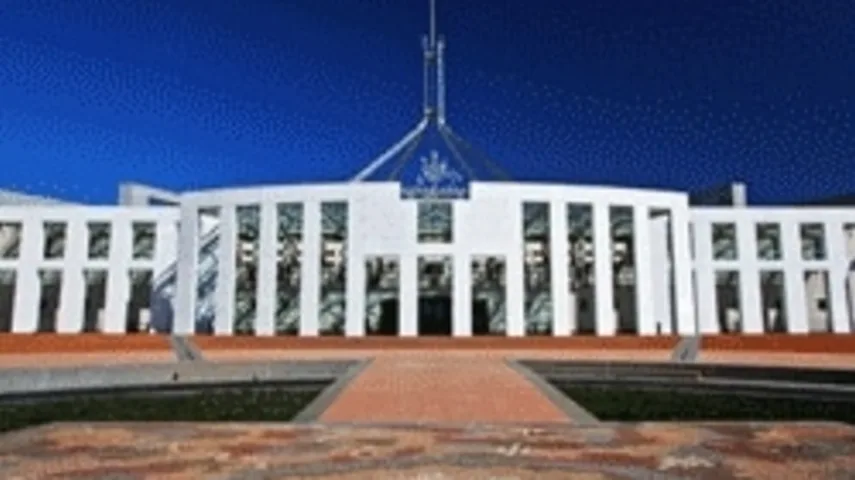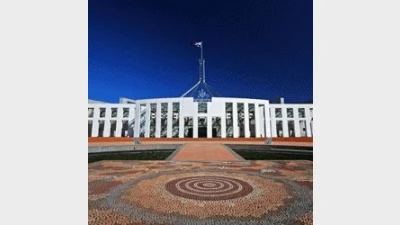Changes to excess superannuation contribution cap rules



Under the Government's proposed changes to superannuation in the Federal Budget, taxpayers with relatively small excess concessional contributions have a once-off opportunity to avoid the penalty tax - but after that they will face a big penalty.
The superannuation changes proposed in this year’s Federal Budget were a re-announcement of previous policy – that is, the announcement of initiatives that are currently in the pipeline, along with some minor technical changes to the superannuation rules.
Probably the most interesting of the proposals was the change to excess concessional contributions assessments.
The proposed change will assist those from 1 July 2011 who have exceeded their concessional contributions cap by no more than $10,000 in a financial year.
However, it will only apply to the first year in which the excess occurs and no more. Subsequent cap breaches of up to $10,000 and all breaches where the excess is greater than $10,000 will not be eligible for the concession.
Therefore the proposed change merely serves as a warning to anyone who exceeds their concessional contribution cap not to repeat the occurrence in future – otherwise, the penalty tax will be applied.
If a person exceeds their concessional contribution cap of no more than $10,000, the fund member can elect to have the excess paid to them. That amount will be included in assessable income of the individual and taxed at personal income tax rates.
The Budget papers do not indicate the finer detail of how the proposal is to be administered by the superannuation fund or the Australian Taxation Office (ATO).
One possibility is that the ATO could issue the assessment to the fund member and at that time he or she could pay the assessment in line with current arrangements or elect to have the excess paid to them and taxed appropriately.
Once the election has been made the member could contact a fund for a refund and, in turn, the fund could let the ATO know that the refund had been made.
The Budget papers indicate that the Government will consult with the superannuation industry on how to put this proposal in place.
Apart from the obvious, excess concessional contributions can arise for a number of unexpected or unintended reasons.
The obvious is that the person has intended to make a concessional contribution in excess of the relevant cap and pay tax at the penalty rate.
Less obvious are concessional contributions that have arisen from superannuation insurance premiums, the ATO’s small holdings account, personal deductible contributions and unexpected contributions made to superannuation for various reasons.
One situation where the excess concessional contribution arises is due to timing differences.
This can occur where a person may have planned that the maximum concessional contribution be deducted from each pay on a regular basis. In a year where there is the expected number of pay periods there is generally no issue.
However, in some years due to timing differences between the calculation and the number of pay periods.
For example, if the person is paid fortnightly there are 26 pay periods in a normal year but in some cases there can be 27 pay periods. This may lead to the excess contribution arising.
On the face of it, anyone finding themselves in a position with an excess concessional contributions tax assessment really needs to consider one of two options.
They can exercise the option to have any excess refunded; or they can do nothing, pay the excess concessional contributions tax, and have the excess counted against the non-concessional contributions cap.
The role of a financial planner for the client should be to determine which strategy will provide the greatest benefit.
Let’s have a look at the potential impact of the announced proposal.
Case study one
Anne is 45 and the total of her superannuation guarantee (SG) and salary sacrifice contributions for the 2011-12 financial year is $24,500. Anne’s concessional contribution cap is $25,000.
Anne’s employer pays $1,000 for the annual premium on her life and total and permanent disability (TPD) insurance held within her superannuation fund.
The $1,000 employer contribution is a concessional contribution. Anne has neglected to take the premium into account when she was deciding how much she would salary sacrifice to superannuation.
This means Anne’s total concessional contributions are $25,500, which exceeds her concessional contributions cap of $25,000 by $500.
As the excess contributions do not exceed $10,000 and it is her first breach after 1 July 2011, she is able to request the $500 excess contributions to be refunded to her and taxed at her marginal rate.
Anne’s case shows that it is essential to find out all concessional contributions that are made to the superannuation fund.
Case study two
Maria is age 38 and has decided to salary sacrifice her concessional contribution of $25,000. She is currently paid monthly which will result in a pay reduction of $2083 each month.
She is paid 13 times during each year, which means that in one particular year the total amount of concessional contributions are $27,079. In addition to the concessional contributions, an amount of $800 has been paid from the ATO’s small holding account to her fund.
Amounts paid from that account are concessional contributions. Maria’s excess concessional contributions for the year are $2879 (($27,079 + $800) - $25,000).
She has the option of paying excess concessional contributions tax on the whole amount or opting to receive the payment and pay tax at her marginal rate of tax.
Case study three
Bob is 52 and intends to make the following contributions:
2011-12 financial year
-
$50,000 concessional contributions
-
$150,000 non-concessional contributions
2012-13 financial year
-
$450,000 non-concessional contributions
This means his total concessional contributions are $51,000 for the 2011-12 year, and the excess of $1,000 counts towards his non-concessional contributions cap.
As a result, his non-concessional contributions for the 2011-12 year are $151,000 and he has triggered the three-year cap.
The $450,000 non-concessional contribution is now subject to the three-year cap. The total excessive contributions tax is (31.5 per cent x $1,000) + (46.5 per cent x $151,000) = $70,530.
Under the proposed rules for excess concessional contributions, Bob would appear to have the option to have the $1,000 excess concessional contributions paid to him and taxed at his marginal rate.
Assuming his marginal tax rate is 46.5 per cent, his tax bill would only be $465. Bob would therefore reduce his tax bill by $70,065 simply by taking the option of having the excess paid to him.
These three case studies indicate how the proposed rules could operate in various situations. One thing they emphasise is that anyone with relatively small excess concessional contributions has a once-off opportunity to avoid the penalty tax.
However, after that has been exhausted any future excesses will not be treated as lightly. Instead, they will be subject to the penalty tax, which in some cases can be 93 per cent.
Recommended for you
Data and technology provider Novigi has acquired Iress’ superannuation consulting and managed services business from Apex Group.
AMP is to launch a digital advice service to provide retirement advice to members of its AMP Super Fund, in partnership with Bravura Solutions.
Unveiling its performance for the calendar year 2024, AMP has noted a “careful” investment in bitcoin futures proved beneficial for its superannuation members.
SuperRatings has shared the median estimated return for balanced superannuation funds for the calendar year 2024, finding the year achieved “strong and consistent positive” returns.









